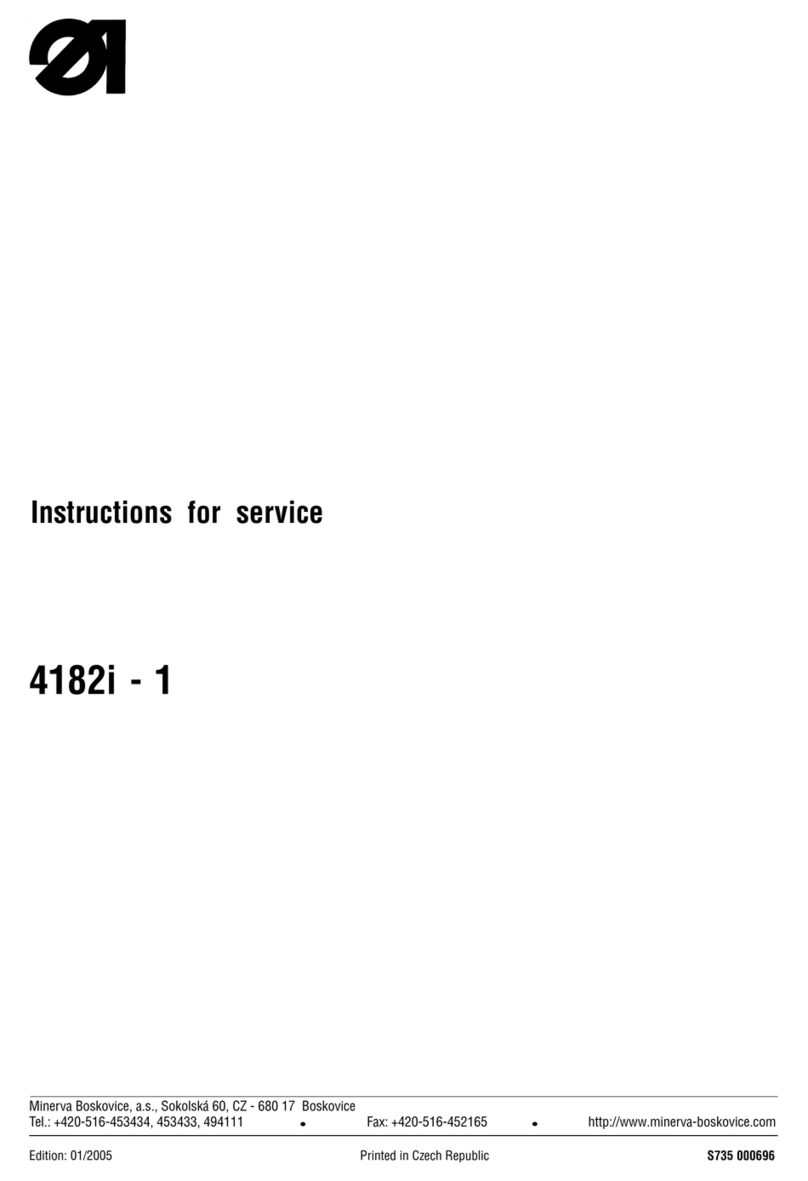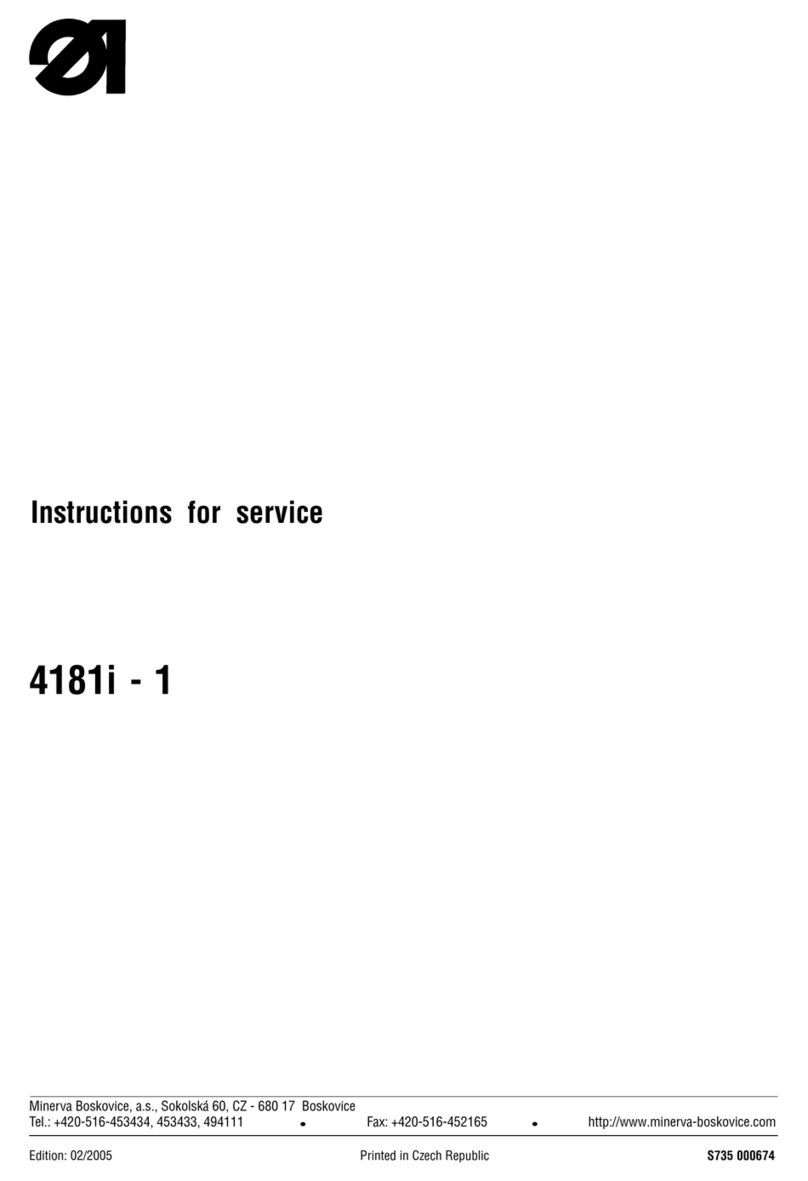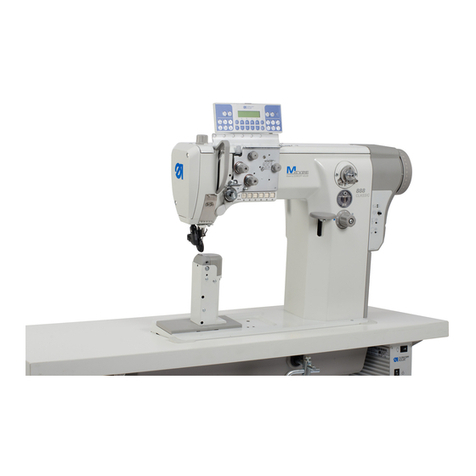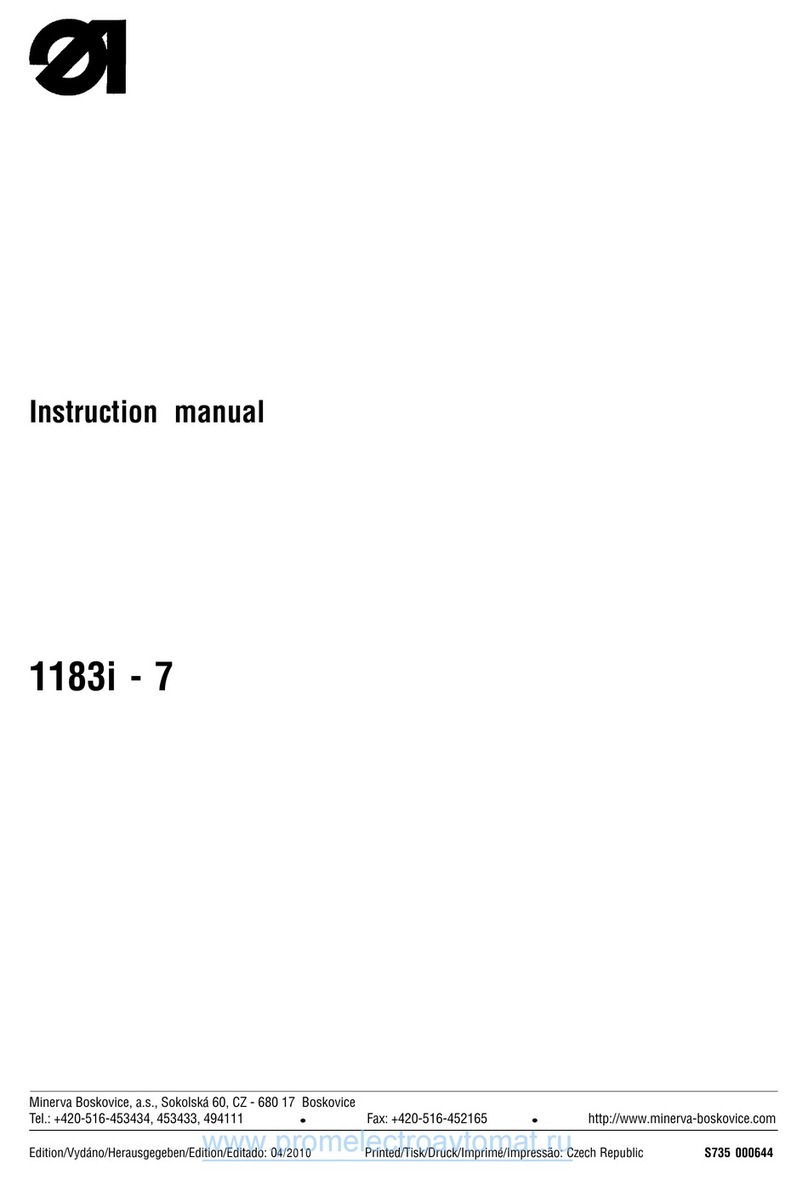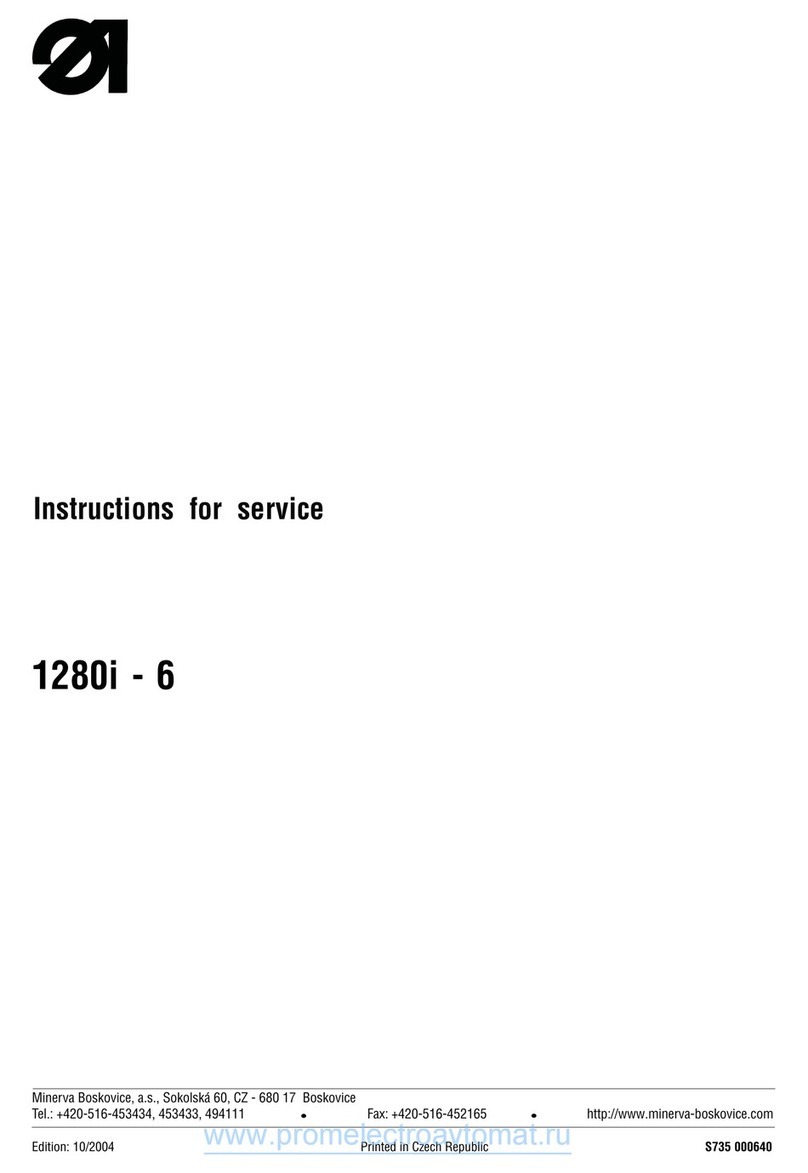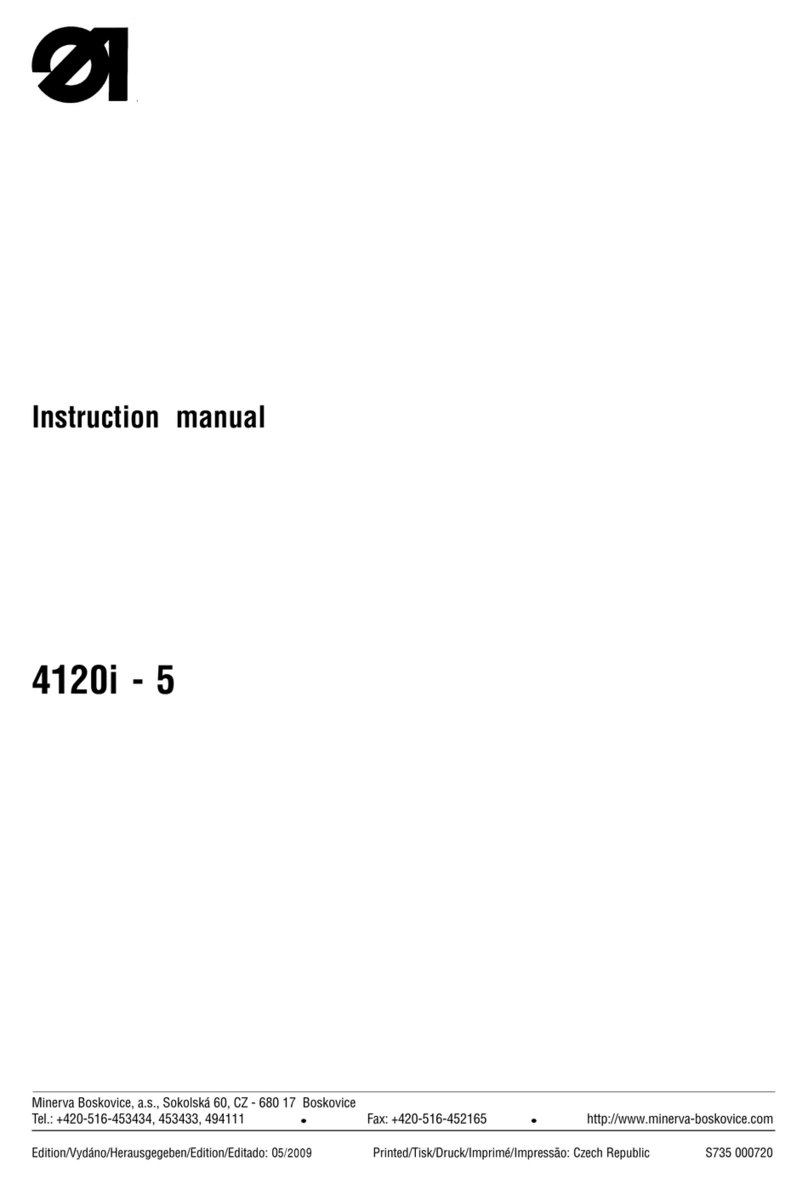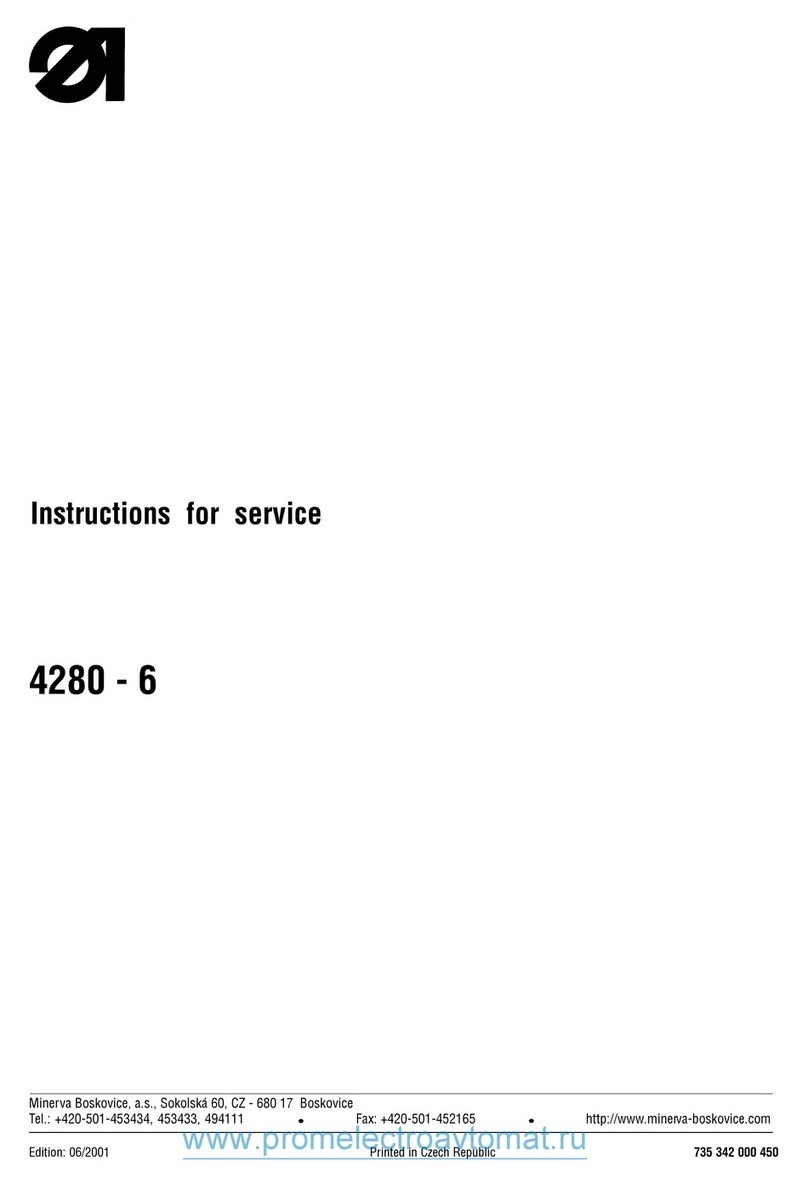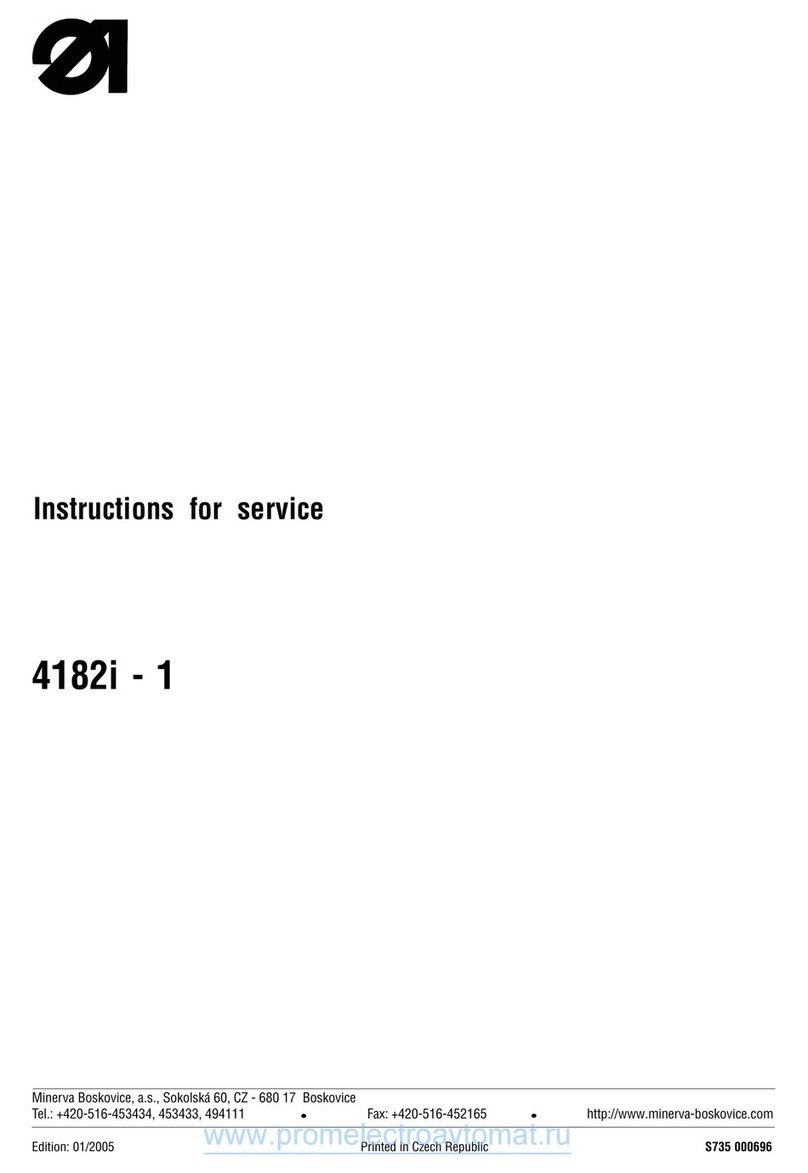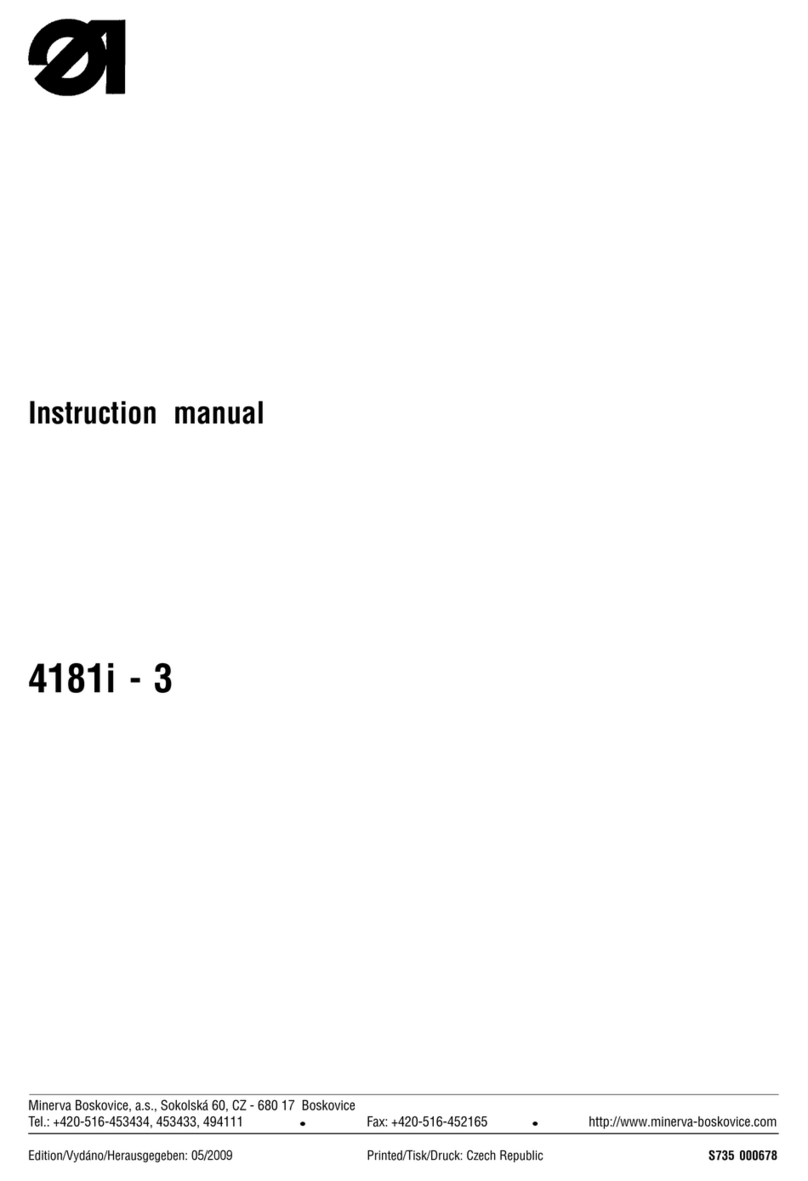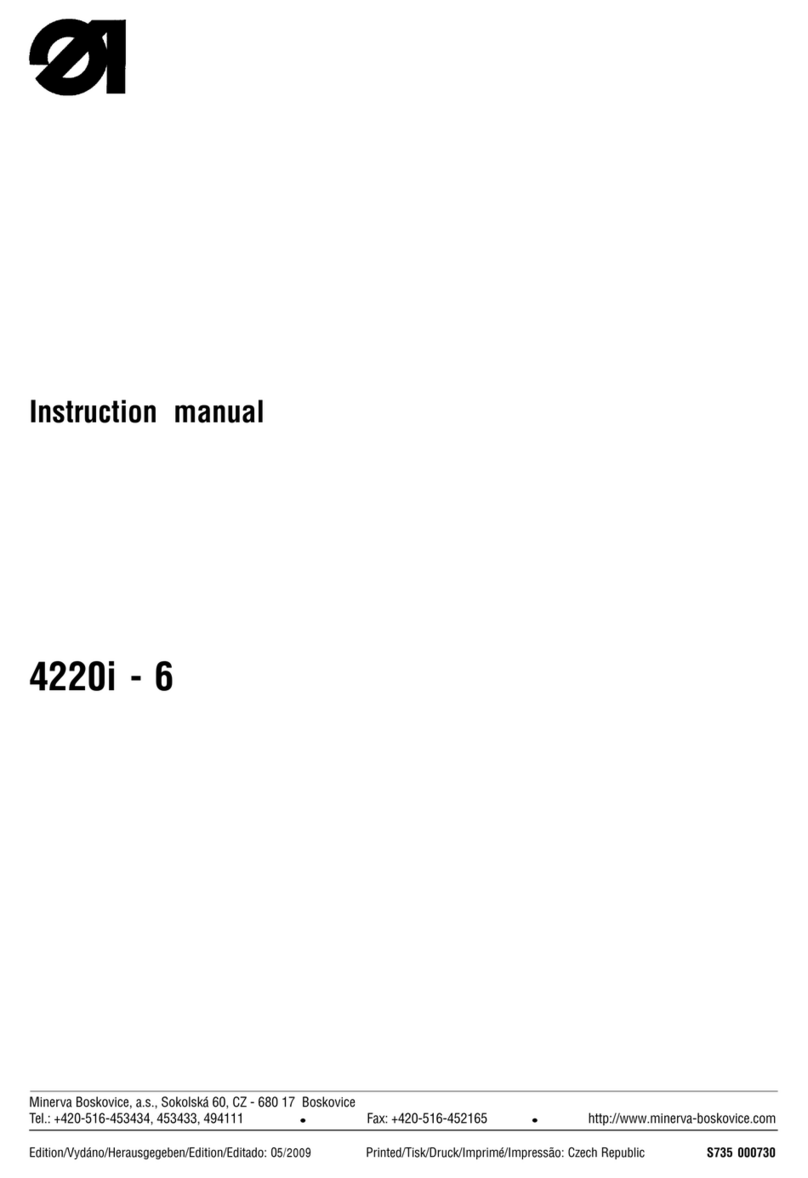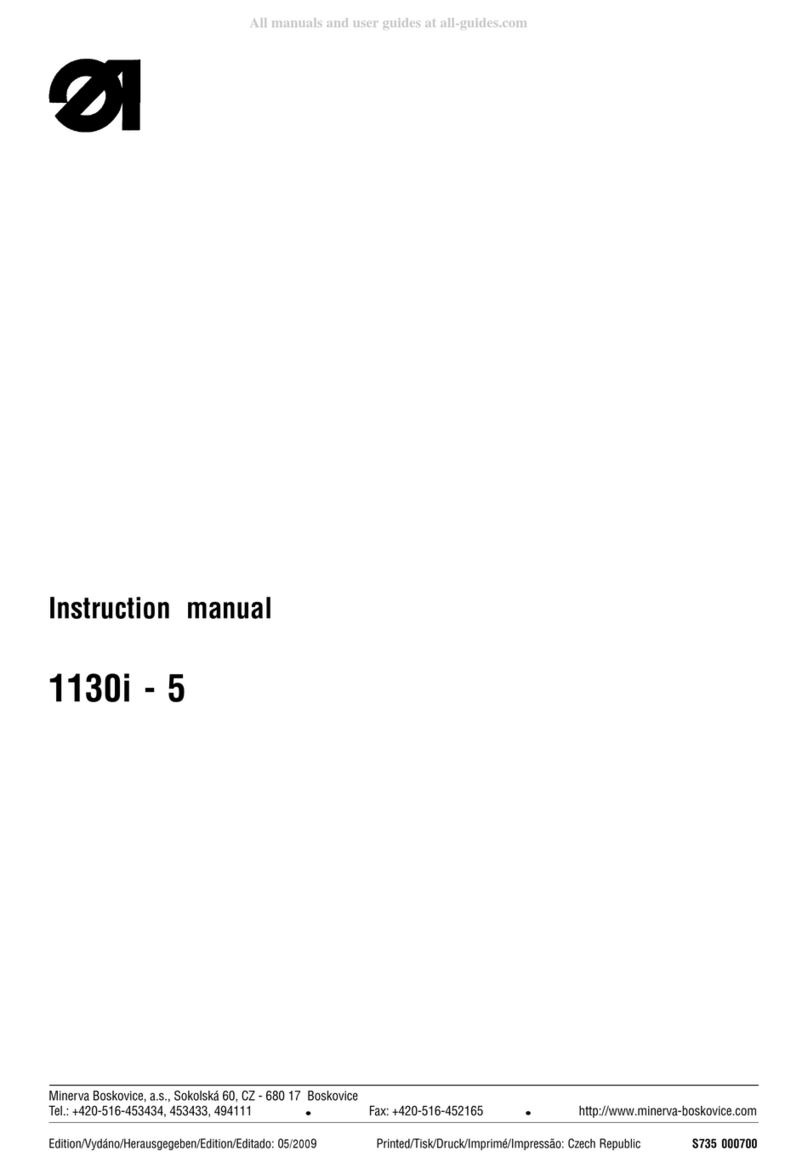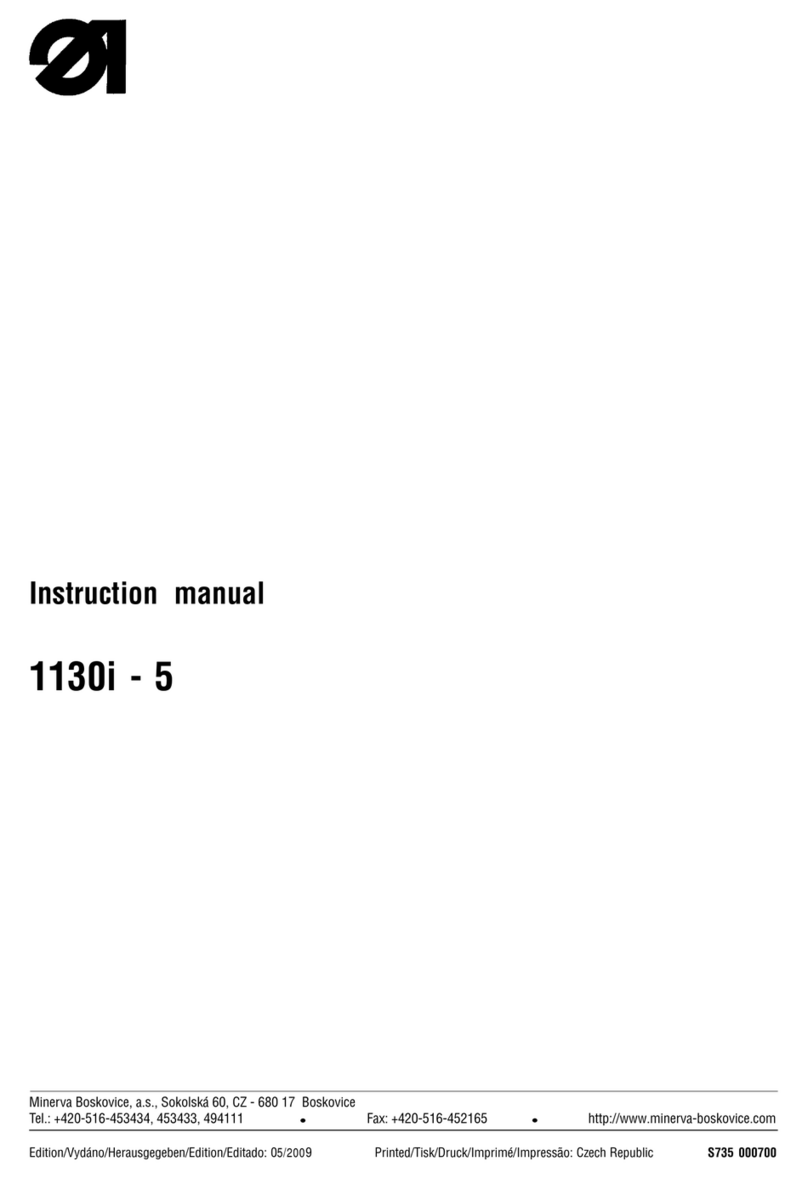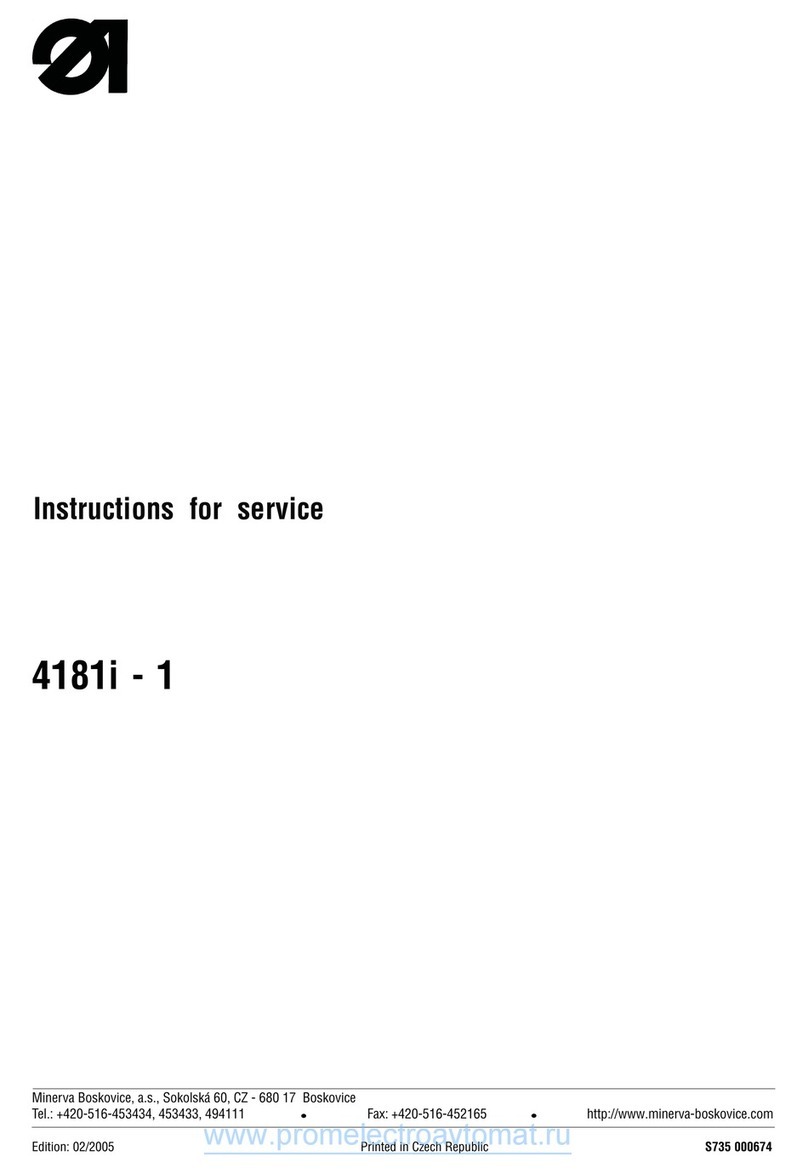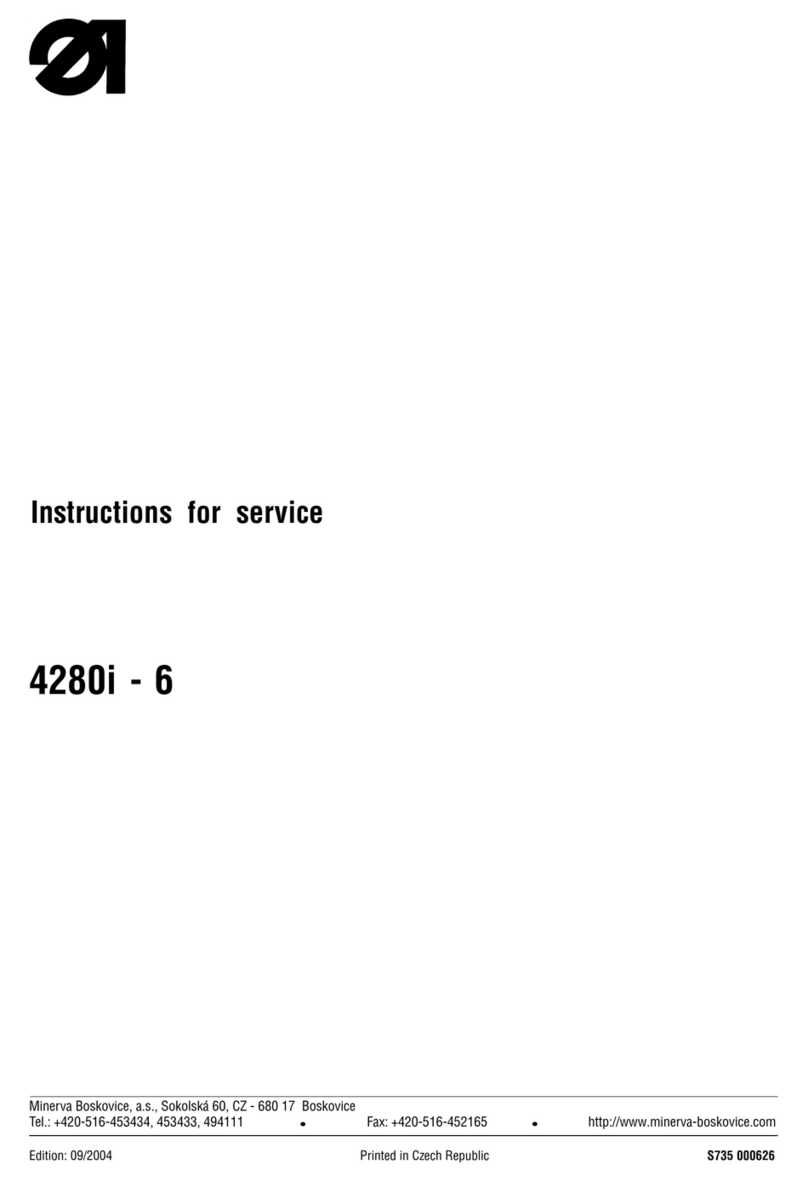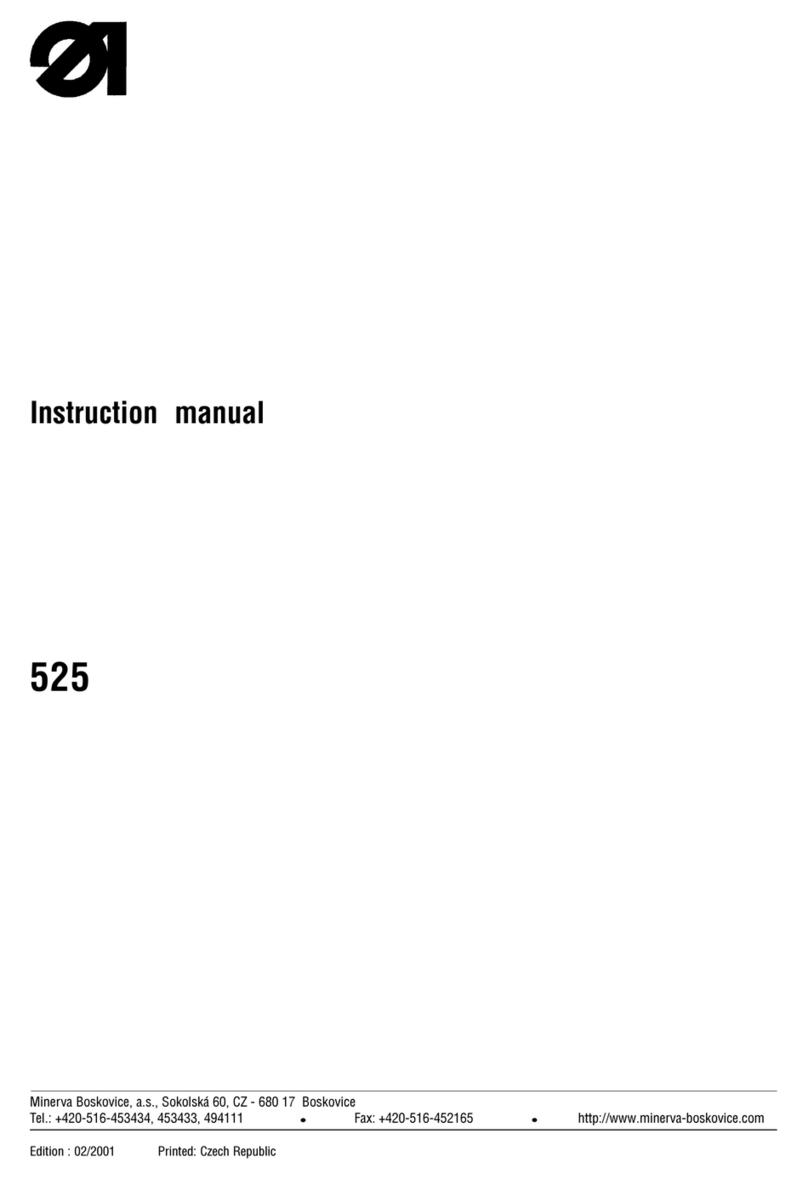
Contents - part A - Instruction manual:
1. Proper use of the machine ................................................................................................................................................ 1
2. Description of the machine ............................................................................................................................................... 1
3. Machine sub-classes and sewing categories .................................................................................................................. 2
3.1 Sub-class ................................................................................................................................................................ 2
3.2 Sewing categories ................................................................................................................................................... 2
4. Survey of equipment ......................................................................................................................................................................... 2
4.1 Equipment ................................................................................................................................................................................ 2
4.1.1 Needles ....................................................................................................................................................................... 2
4.1.2 Wheel feeders .............................................................................................................................................................. 2
4.1.3 Top roller holders ........................................................................................................................................................ 3
4.1.4 Top rollers ................................................................................................................................................................... 3
4.1.5 Throat plate ................................................................................................................................................................. 3
4.1.6 Throat plate inserts ..................................................................................................................................................... 3
4.1.7 Connecting cables of the head to the drive ............................................................................................................. 3
4.2 Optional eqiupment ................................................................................................................................................ 3
5. Technical data ................................................................................................................................................................................... 4
6. Operation of the machine ................................................................................................................................................. 5
6.1 Threading a thread ............................................................................................................................................... 5
6.2 Bobbin thread winding ......................................................................................................................................... 5
6.3 Inserting the bobbin and threading the lower thread ............................................................................................ 5
6.4 Regulating the thread tension .............................................................................................................................. 6
6.5 Needle replacement .............................................................................................................................................. 7
6.6 Regulation of pressing the top roller ..................................................................................................................... 7
6.7 Lifting the top roller up .......................................................................................................................................... 7
6.8 Reverse stitching .................................................................................................................................................. 8
6.9 Stitch length adjustment ....................................................................................................................................... 8
6.10 Safety clutch ............................................................................................................................................................................ 8
7. Electronic control of the machine ................................................................................................................................... 9
7.1 Control of sewing by means of control elements .................................................................................................. 9
7.1.1 Via treadle ................................................................................................................................................... 9
7.1.2 Via control pushbutton panel ...................................................................................................................... 9
7.1.3 Via control panel V810/V 820 ...................................................................................................................... 9
7.2 Adjustment of automatic functions via control panel for stop motor ................................................................... 10
7.2.1 By using stop motor Efka with panel V 810 ............................................................................................... 10
7.2.1.1 Adjustment by means of buttons with fixed setting function ........................................................ 10
7.2.1.2 Setting by means of parameters ................................................................................................... 11
7.2.2 By using stop motor Efka with panel V 820 ........................................................................................................... 12
7.2.2.1 Adjustment by means of buttons with fixed setting function ............................................................. 13
7.2.2.2 Setting by means of parameters .............................................................................................................. 13
8. Maintenance ....................................................................................................................................................................................... 14
Operating instructions for eventual trouble shooting ................................................................................................................ 15
www.promelectroavtomat.ru
